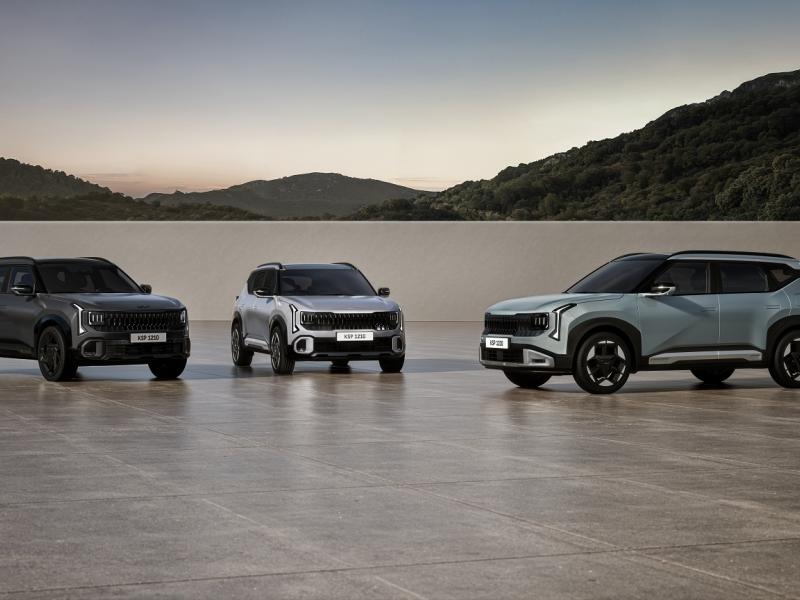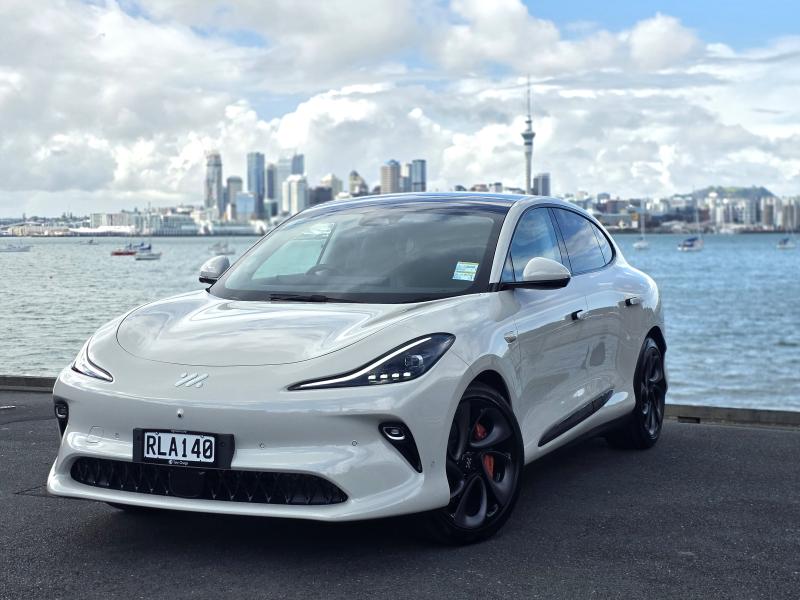Fleet management is becoming a much more complex task as Health and Safety legislation impacts on the vehicle as a workplace, coupled with the effect rising fixed costs plus the need to reduce variable costs, bite into the company purse.
John Oxley reports.
It is quite clear from the Health and Safety at Work Act promulgated last year that companies, and managers, have a much more important part to play in ensuring employees get the best possible support to keep safe while they are driving.
As a result a number of companies have developed vehicle tracking systems, with various degrees of sophistication, so the fleet manager knows where his staff are, what they are doing, and that they are safe, and in the following pages we have a look at them.
But it doesn’t end there. The vehicles employees are driving have to be in the best shape possible, and if one examines the legislation closely, it may be that the law will in future require that they have the best safety systems, just as builders are now required to use scaffolding, safety nets, and follow strict procedures.
But while forbidding ladders and replacing them with scaffolding and nets might work for the building industry, it’s a whole lot more complex when it comes to motor vehicles.
For instance, is an acceptable “safety net” for a car the fitment of a seat belt, ABS brakes, and an airbag to protect the driver in the event of a crash? Or would a critical court contest this in favour of the “scaffolding” approach of preventing the crash in the first place by insisting on automatic emergency braking?
And then there’s the other side of the coin – at the same time as these safety rules are putting pressure on companies to spend more on safer vehicles, there are calls from the company financial managers to get costs down. This means that since safety equipment would be part of fixed costs in the purchase price of the vehicle, the only way to do this is to reduce variable costs, the largest component of which is fuel.
However, which direction do you turn? Diesel is accepted as the most economical of fossil fuel powertrains, but the cost of using diesel cars and SUVs in New Zealand is skewed by their higher initial purchase price, coupled with Road User Charges which mitigate against small economical vehicles.
Should one dabble in hybrids or electric vehicles? These undoubtedly will reduce variable costs in the long run, but just how long is it going to be before the fixed part of the equation – their high purchase price – reduces to a level where the overall daily running costs plus fixed costs repayment equation is in balance, or better, than a petrol or diesel vehicle.
These are all questions which need to be thoroughly analysed, and for many people in charge of a business it’s just too much of an ask on top of everything else.
But just as you pay for expert help and guidance in other parts of your business, perhaps the time is ripe for you to look into getting the services of a fleet management company to take you through the hard yards of getting your company fleet into line with not just your current needs, but those of the future.
It could be money well spend.





